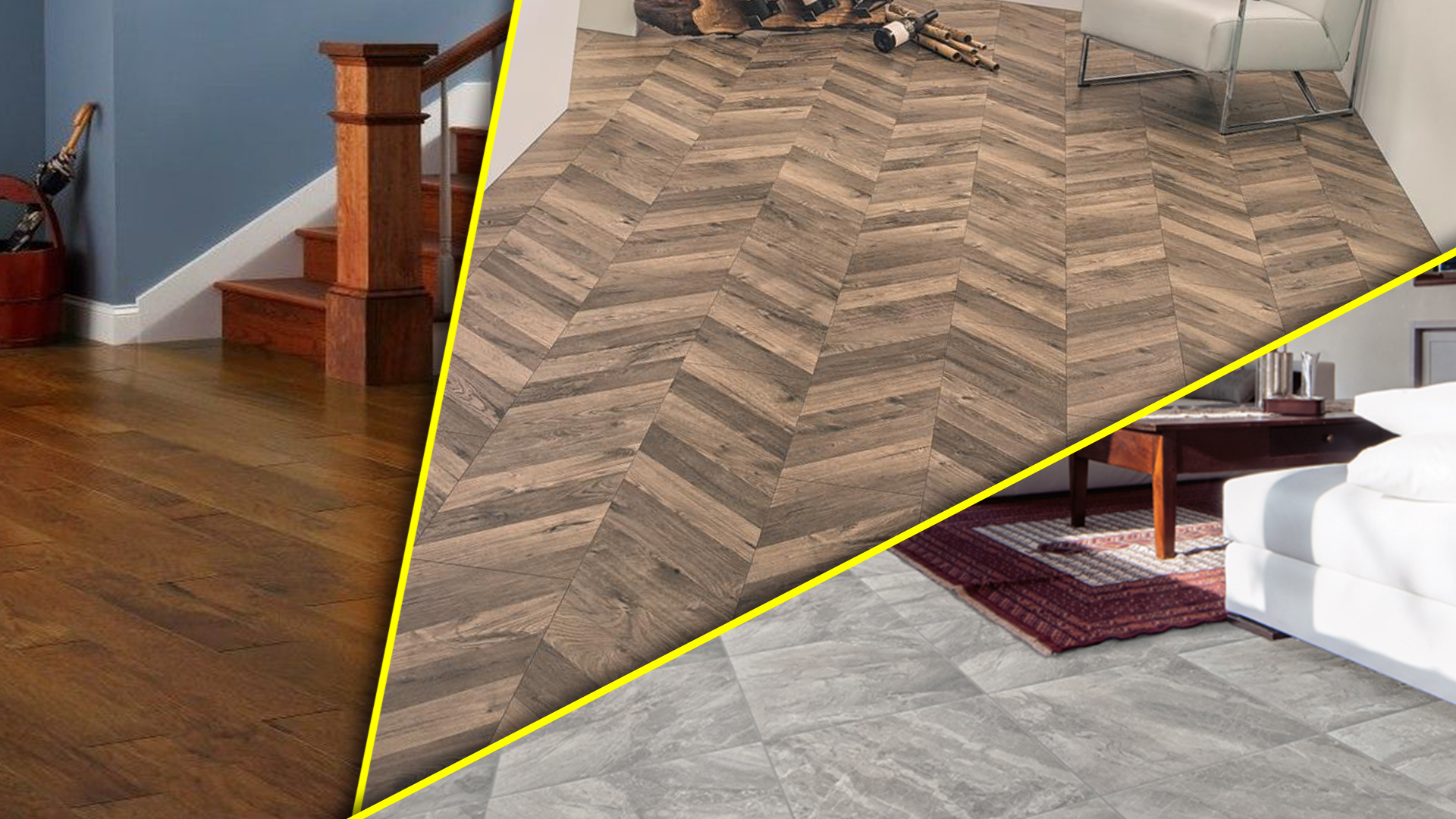One crucial step is to remember to leave an expansion gap space of at least one half inch around the perimeter of the floor.
Bamboo flooring expansion gap in tropical climate.
Because bamboo is a natural product it will expand as it absorbs humidity and shrink as the air grows drier.
This allows for the planks of bamboo to naturally expand and contract with changes in temperature and humidity.
As long as you acclimate the flooring for 14 days you ll rarely experience any issues with bamboo flooring in a humid climate.
Now she s sharing a few tricks of the trade for anyone embarking on a new bamboo floor installation.
Finally once the floor has been fitted you will cover gaps with bamboo flooring accessories.
These climates are actually very suitable for bamboo flooring because they have relatively stable humidity year round even if it is higher than normal.
As bamboo is a natural product it will absorb any humidity in the air and start to expand.
If you do not have an expansion gap your bamboo floor could start to crack and lift up.
Yes your bamboo floor will need an expansion gap.
It is an essential part of flooring installation that allows for the natural movements in the bamboo.
However if you live in an area where the humidity varies more than 15 throughout the year and you experience seasons you re much more likely to experience expansion and contraction in your wood and bamboo flooring this is normal and the effect is increased exponentially in solid floating wood bamboo flooring.
Samantha has flooring tips for every product and every installation.
The key to avoiding wood floor gaps and distortion even in the most extreme climates is to properly acclimate the flooring prior to installation.








